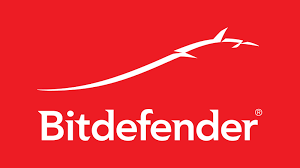1 min read
“RadRAT” Espionage Tool Flushed Out

December 23, 2024
Copyright 2023, IT Voice Media Pvt. Ltd.
All Rights Reserved

 This RAT is used in targeted attacks aimed at exfiltrating information, or monitoring victims in enterprises or large businesses running Windows.A research was conducted by one of our experts, he says, “Our interest was stirred by its remote access capabilities, which include unfettered control of the compromised computer, lateral movement across the organization and rootkit-like detection-evasion mechanisms. Powered by a vast array of features, this RAT was used in targeted attacks aimed at exfiltrating information or monitoring victims in large networked organizations.“In addition to its very powerful data exfiltration mechanisms, RadRAT features extremely interesting lateral movement mechanisms that include Mimikatz-like credentials harvesting from WDigest.dll and kerberos.dll; NTLM hash harvesting from the Windows registry, inspired from the source code of the Mimikatzlsadmp tool; using the infected machine to retrieve a Windows password from the LanMan (LM) hash, by cracking previously sniffed NTLM authentication challenges; an implementation of the Pass-the- Hash attack on SMB connections.”
This RAT is used in targeted attacks aimed at exfiltrating information, or monitoring victims in enterprises or large businesses running Windows.A research was conducted by one of our experts, he says, “Our interest was stirred by its remote access capabilities, which include unfettered control of the compromised computer, lateral movement across the organization and rootkit-like detection-evasion mechanisms. Powered by a vast array of features, this RAT was used in targeted attacks aimed at exfiltrating information or monitoring victims in large networked organizations.“In addition to its very powerful data exfiltration mechanisms, RadRAT features extremely interesting lateral movement mechanisms that include Mimikatz-like credentials harvesting from WDigest.dll and kerberos.dll; NTLM hash harvesting from the Windows registry, inspired from the source code of the Mimikatzlsadmp tool; using the infected machine to retrieve a Windows password from the LanMan (LM) hash, by cracking previously sniffed NTLM authentication challenges; an implementation of the Pass-the- Hash attack on SMB connections.”